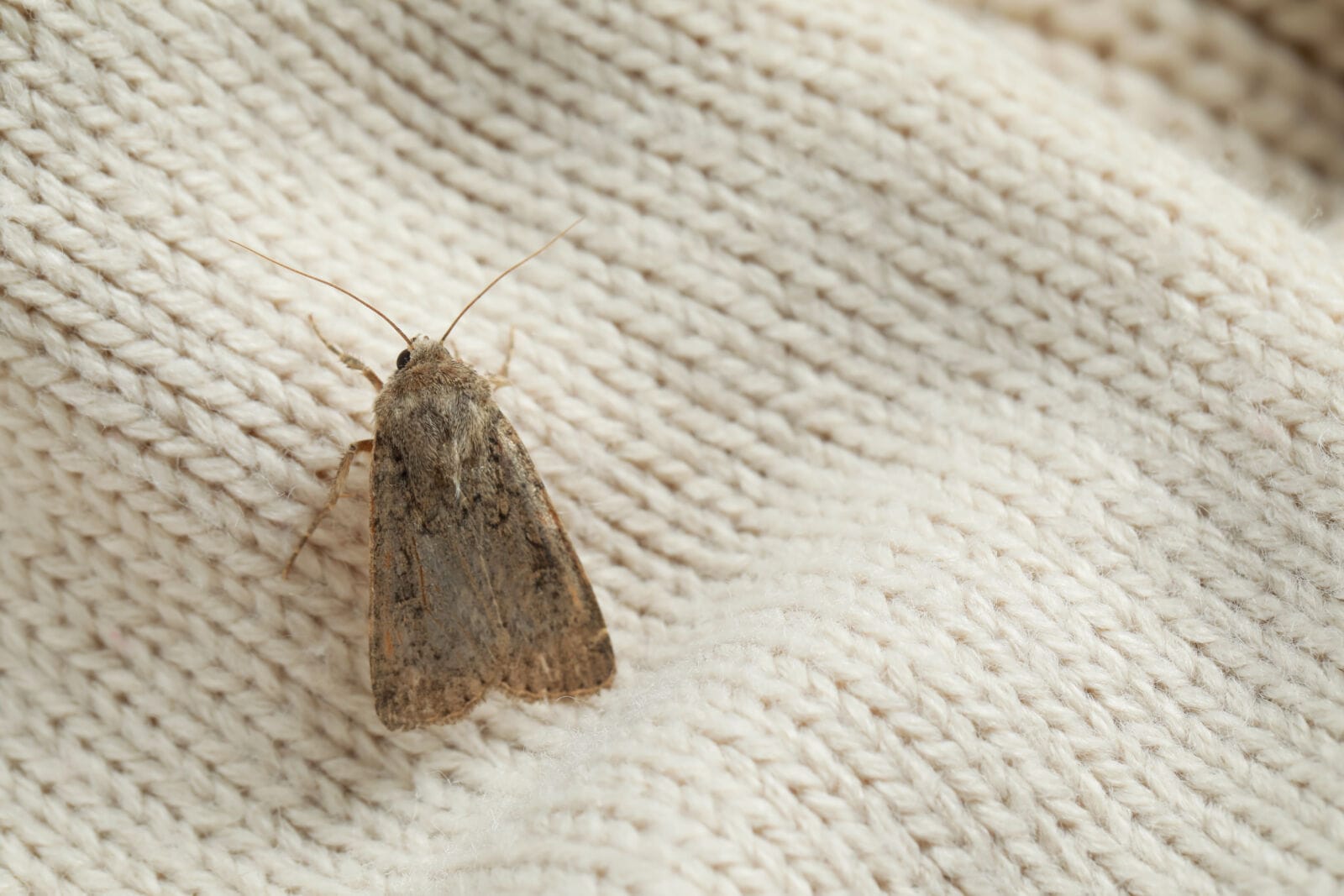Moths may seem like harmless fluttering insects, but once they make their way into your home, they can cause significant damage. Carpet moths and clothes moths are two common culprits that quietly feed on natural fibers, such as wool, silk, and cotton. Left unchecked, they can destroy your favourite garments, upholstery, and carpets. The good news? With a few smart strategies, you can protect your home effectively and reduce the risk of infestation.
LOCAL NEWS: 100 best places to work and live in Arizona for 2025
Spotting the Early Signs
The first step in preventing a full-blown moth problem is identifying the early warning signs. Look out for small, irregular holes in clothing or fabric, as well as patches of thinning carpet. You may also see tiny white larvae or silk-like webbing—especially in undisturbed areas such as closets, under furniture, or along skirting boards. Adult moths tend to avoid light, so spotting them in dark corners or flying sluggishly around the home is another indication of a potential infestation.
Maintain Cleanliness and Reduce Clutter
One of the most effective ways to prevent moths from nesting is to keep your home clean and clutter-free. Vacuum regularly—especially in hidden areas, such as under beds and behind furniture. Clean wardrobes and drawers thoroughly and avoid letting dust and lint build up, as these attract moths. It’s also important to avoid storing dirty clothes; body oils and food stains are known to draw in moth larvae.
Store seasonal clothes and textiles in airtight containers or vacuum-sealed bags to prevent damage and maintain their quality. Natural fabrics should be stored with cedar blocks or lavender sachets, both of which are natural moth deterrents with pleasant scents.
Understand What Attracts Moths
If you’ve ever wondered what causes carpet moths, the answer lies in a mix of environmental and lifestyle factors. Moths are often drawn to warm, dark, and humid spaces, especially those with minimal foot traffic or infrequent cleaning. Older homes with wool carpets and extensive soft furnishings are particularly susceptible, but even modern properties can attract moths if the conditions are right.
Use Preventative Products
There’s a wide range of products on the market designed to keep moths at bay. Moth traps, which use pheromones to attract and catch males, are useful for monitoring the level of activity and reducing the breeding cycle. Sprays and foggers can also help treat larger areas, especially when dealing with a minor infestation. For a more natural approach, essential oils like eucalyptus, clove, and peppermint can be diluted and used as a spray on wardrobes and drawers.
Know When to Call in the Experts
Despite best efforts, some moth problems persist. In such cases, professional pest control services can offer a more thorough treatment plan, using targeted insecticides and follow-up inspections to ensure the issue is fully resolved. Experts also provide advice on how to make your home less inviting to moths in the future.
Final Thoughts
Moths may be small, but their damage can be anything but. Staying vigilant, maintaining cleanliness, and understanding their habits can go a long way in keeping your home protected. Whether you’re dealing with a minor nuisance or a growing infestation, proactive strategies make all the difference in staying one step ahead.




